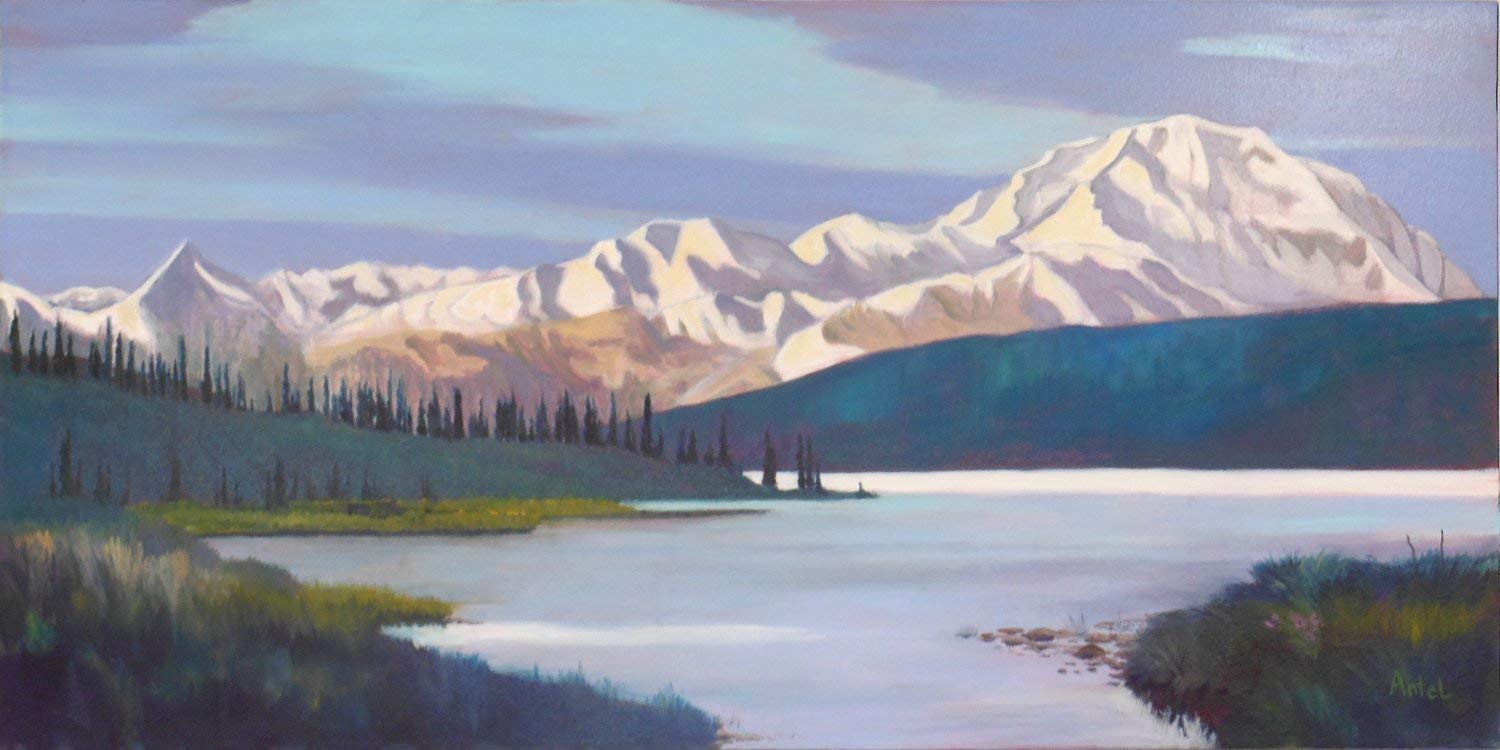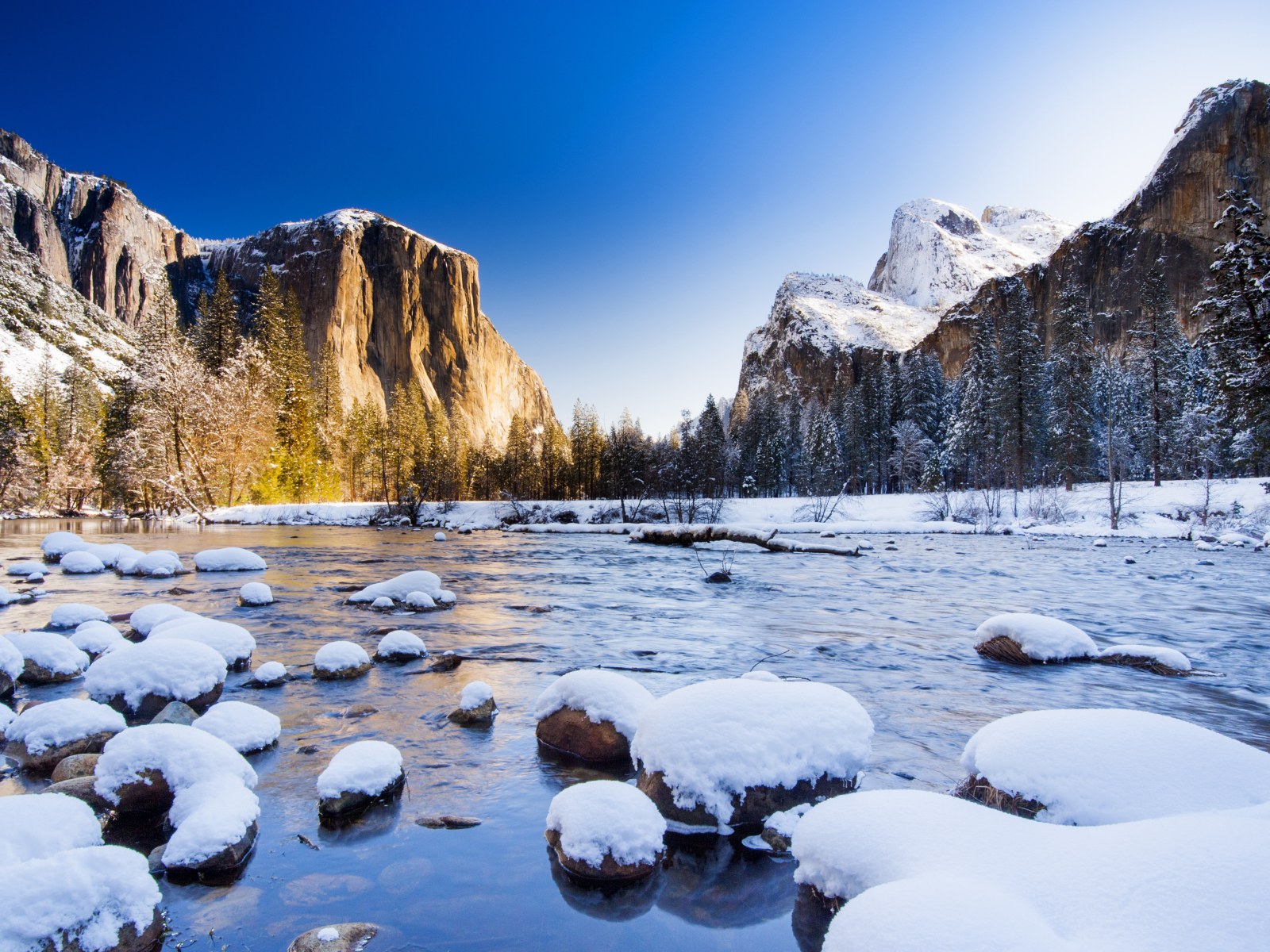Alaska in art and literature: the influence of nature’s beauty on the work of artists, writers, and poets
Alaska, a magnificent corner of our planet, is known for its stunning landscapes and wildlife. From craggy mountains to boundless glaciers, crystal clear rivers to centuries-old forests, these amazing vistas of nature have an enduring impact on the creativity of artists, writers, and poets.
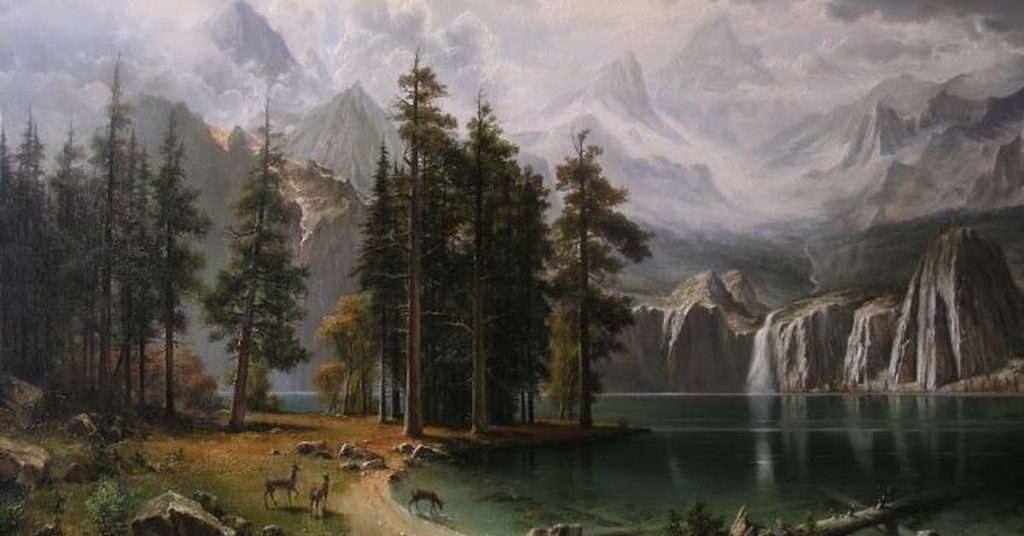
Numerous artists and photographers, drawn by the majestic glaciers and wildlife, easily find inspiration in the world around them. Every glimpse of the mountain peaks, every bear track encountered on the trail, all become the material for creating works of art. Here in Alaska, every corner, every sunset and sunrise is part of an endless palette that inspires works of art that are second to none.
Writers who take pen in hand to capture their impressions of these expanses are not left out. Fresh air, powerful waterfalls, and mystical ice streaks flow effortlessly into their words, imprinting the beauty of this land in the minds of readers. Great works of literature have often been inspired specifically by Alaskan nature, giving readers new perspectives and emotions.
Poets sitting around a campfire in the quiet of the forest, enjoying the music of streams and birdsong to express all of Alaska’s magnificent world in their poems. Their lines become a reflection of the power, beauty and serenity of this wild and untouched land.
So, Alaska, with its majestic mountains, shining glaciers and incredible landscapes, continues to inspire creators from all over the world, filling their hearts and souls with its unique beauty and majesty.
Visual creativity in art
A host of talented artists and photographers have found inspiration in its stunning landscapes over the years, creating works that capture the unique beauty of this wild and untouched land.

One well-known artist who has brought the beauty of Alaskan nature to life on canvas is Sidney Lawrence. Originally from Minnesota, USA, he lived and worked in the first half of the 20th century, creating his famous paintings in the 1930s and 1940s. He went down in history as “Alaska’s most important painter”, painting its “romantic untouched nature”. His paintings of the northern lights, ice fields and mountain peaks are admired for their realism and emotional depth. Some of his works, such as “Symphonie des aurores boréales” and “Emard Salmon Cannery”, have received critical acclaim and have been featured in numerous exhibitions around the world.
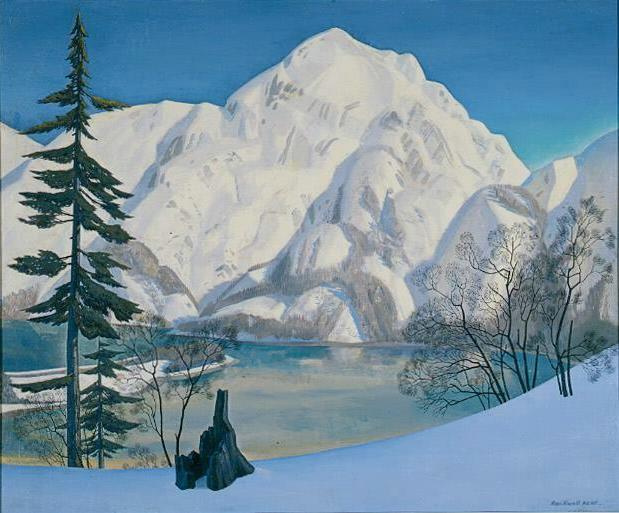
Another famous American artist of the first half of the twentieth century whose work reflects the majesty of Alaskan nature is Rockwell Kent. His colorful and vivid paintings often depict the life of the natives and the nature that surrounds them. One of his outstanding works is “Alaska. View from Fox Island in Winter” beautifully captures the atmosphere of a winter icy lake, mountains and solitude.

In the world of photography, a special place is occupied by the work of Ansel Adams, who became famous for his stunning black and white images of American national parks, including Alaska. He lived and worked in the first half of the 20th century, becoming one of the most influential photographers of his time. His work focuses heavily on American national parks, including Alaska. Ansel Adams’ photographs of glaciers, mountain peaks, and the northern lights transport viewers into the magical world of nature and delight with their beauty and depth.
Some of these works have won national and international art and photography awards and have been recognized in international photography competitions.
These talented artists and photographers not only capture the majesty of Alaskan nature in their paintings and photographs, but also emphasize the importance of preserving and protecting it. Their work reminds us how amazing and vulnerable our planet is and inspires us to care for it.
Literary Masterpieces
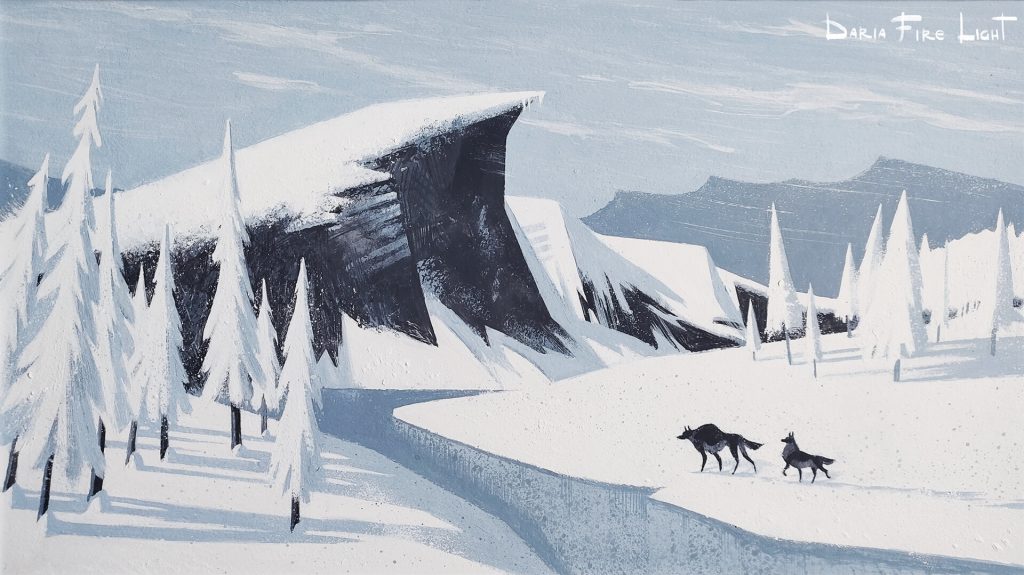
Literary works by various authors from around the world describe Alaska as a place where the rugged beauty of nature has a profound effect on characters and plots, forcing them to overcome adversity and find their place in the world.
One of the most famous works about Alaska is the novel White Fang by Jack London, an American writer of the late nineteenth and early twentieth century. Published in 1906, this novel tells the story of a wolf named White Fang and his struggle to survive in the harsh conditions of northern nature. London immerses readers in the snowy expanse and the hardships experienced by the protagonist, making this book an important literary work that illustrates the effects of nature on animals and humans.
Another outstanding work that reflects the beauty and harshness of Alaskan nature is the novel The Power of One by Bryan Robson. In this book, published in 1989, the main theme is the struggle for survival in the harsh environment of nature. The author depicts the struggle of the main character, a boy named Brian, to survive after a plane crash in the Alaskan wilderness. Robson conveys to the readers the unrivaled beauty of nature while showing its dangers and harshness.
However, interest in Alaska was penetrating beyond American literature as well. Russian writer Ivan Turgenev, in his short story “Hunting Notes,” describes a journey across North America, including Alaska, and shares his impressions of the majesty and wildness of these places.
A series of books about mountaineers written by renowned mountaineer and author Jon Krakauer are also noteworthy. For example, his book ” In Thin Air ” recounts the adventures of mountaineers and explorers, including in Alaska, and explores the theme of nature’s influence on the human soul.
These and other literary works offer readers a unique perspective on the beauty and power of nature in Alaska and its impact on the lives and destinies of the characters:
John Green: “In Search of Alaska.”
James Michener: “Alaska.”
These works also enrich the literary heritage associated with Alaska and offer a unique perspective on its nature and inhabitants.
Poetic Revelations

Alaska nature poetry is imbued with the amazing beauty and majesty of this unique corner of the earth. The variety of poetry describing Alaskan landscapes and phenomena is a clear testament to the inspiring influence of this land on poets from around the world.
Robert W. Service (Canada)
Robert W. Service, known for his poems about the North. Written in the early 20th century, his poems immerse the reader in the world of the vast expanse and harsh conditions of the North.
Margaret Atwood (Canada)
Canadian poet Margaret Atwood often addresses the theme of nature and the environment in her poems. Her work celebrates the wild and untamed beauty of Alaska and invites the reader to look into the soul of this amazing place.
Mary Oliver (USA)
Mary Oliver, an American poet and Pulitzer Prize-winning poet, conveys in her poems a fascination with nature and a desire to understand its mysteries. Her poems, such as “In Blackwater Forest,” call for a deep immersion in natural landscapes and an experience of their beauty and mysticism.
Johnny Hart (USA)
American poet Johnny Hart describes the power and majesty of Alaska’s nature in his works, making readers marvel at its beauty and mystery. His poems reflect the majesty of the mountain peaks and the vast expanse of this marvelous region.
Anastasia Romanova (Russia)
Russian poetess Anastasia Romanova, in her poems written in the early 21st century, describes her admiration for the nature and mysterious phenomena of the North. Her works convey to readers a sense of the mystery and majesty of Alaskan nature.
These poetic works, created in different periods and by different authors, emphasize the majesty and uniqueness of Alaskan nature, as well as its inspiring influence on the creative minds of poets from around the world.
Impact on culture and identity
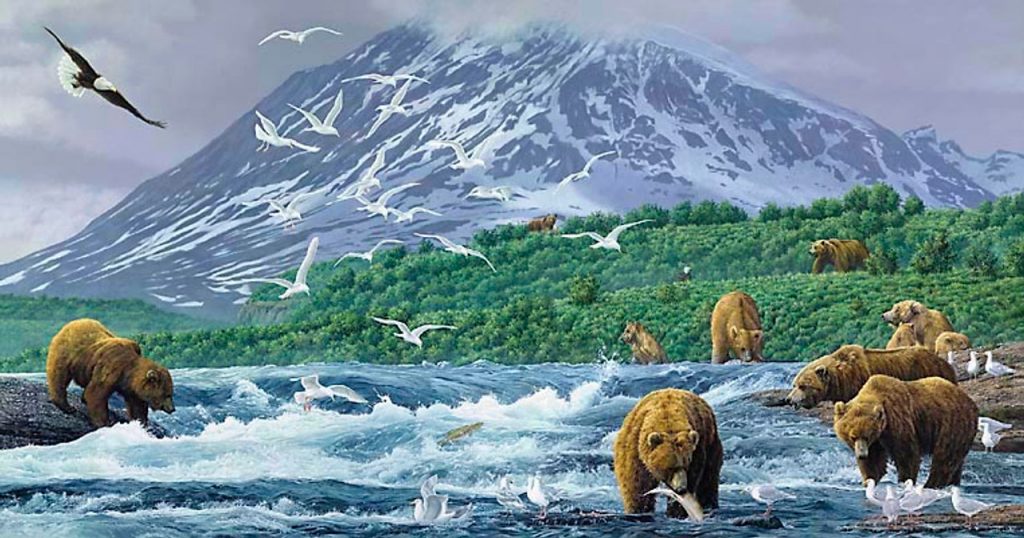
The beauty and majesty of Alaska deeply influences the culture and identity of its people. This unique piece of nature has an indelible impact on the lifestyle and mindset of local residents, shaping their cultural traditions and sense of belonging.
Nature in the Arts
The beauty of Alaska’s natural beauty inspires artists, musicians, and other creative professions. Picturesque landscapes, vast expanses of ice, and the power of natural phenomena become the inspiration for works of art. Many local artists and photographers create works that reflect the majesty of Alaskan nature, which become a trademark of the region and a source of pride for its residents.
Cultural Traditions
Nature plays an important role in shaping the cultural traditions of Alaska Native peoples such as Eskimos, Aleuts, and Indians. They not only survive on the resources provided by nature, but also marvel at its beauty and majesty, which is reflected in their religious rituals, art, music, and mythology. Aspects of culture such as dance, ritual song and painting are often inspired by nature motifs.
Environmental attitudes
Alaskans have a special relationship to the environment that is influenced by the unique natural conditions of the region. They value and cherish the richness of local nature, striving to keep it intact and maintain a balance between humans and nature. This is reflected in their daily actions, rituals and traditions, which have been passed on by word of mouth for generations.
Sense of belonging
For Alaska Natives, the land is not just a place to live, but part of their very essence and identity. They are proud of their region, its natural treasures and unique cultural traditions that have been passed down from generation to generation. The sense of belonging to Alaska becomes part of their identity and defines their relationship to the world.
Lifestyle
The lifestyle of Alaskans is closely tied to nature. They often spend time outdoors fishing, hunting, hiking and other outdoor activities, enjoying the unique beauty of local nature. These activities become not only a way to spend leisure time, but also an important part of local culture and identity.
The beauty of Alaska not only inspires creators and shapes cultural traditions, but is also a key element of the identity of local people, determining their attitude to the world and way of life.
Conclusion
This unique piece of nature has a tremendous impact on the creative process of artists, writers and poets. Over the decades, the beauty and majesty of Alaskan nature has inspired many talented people to create works that reflect its unique features.
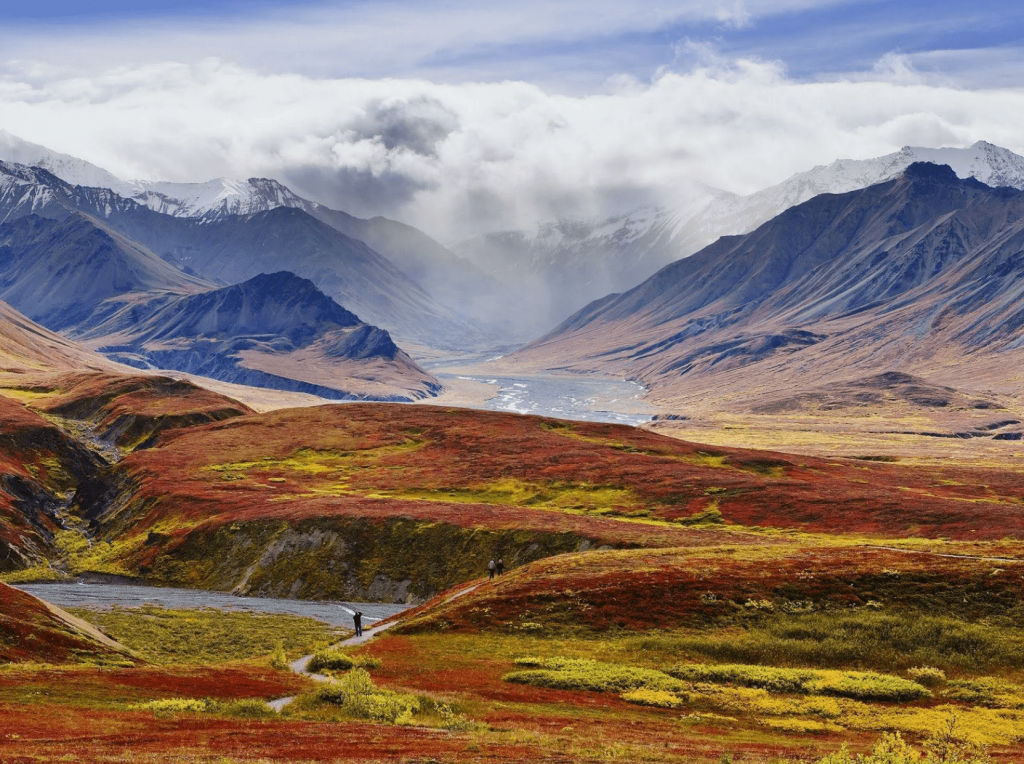
Visual art, literary works, and poems dedicated to Alaska convey the majesty of its glaciers, mountain peaks, wild rivers, and amazing northern landscapes. They allow readers and viewers to immerse themselves in the natural world, feel its power and beauty, and reflect on human interaction with the world around them.
The significance of Alaska’s natural influence on art and literature cannot be overemphasized. This unique land becomes not only an object of study and creativity, but also a symbol of man’s eternal connection with nature. Its majestic landscapes delight and inspire works that remain relevant and important over time.
Further research on this topic can expand our understanding of nature’s influence on culture and identity. Analyzing various works of fiction and literature, as well as examining readers’ and viewers’ reactions to them, will provide a deeper understanding of the connection between humans and nature, and its influence in shaping cultural values and creative heritage.
In the context of discussing the nature of Alaska and its influence on art and literature, a moving company may represent an opportunity for those who want to take a closer look at this amazing place. Moving to Alaska can be a new stage in life, opening new horizons and inspiring creative discovery.
Contact us in any way:
Telephone: (954) 773-9667
E-mail: abs@absoluteinc.org


